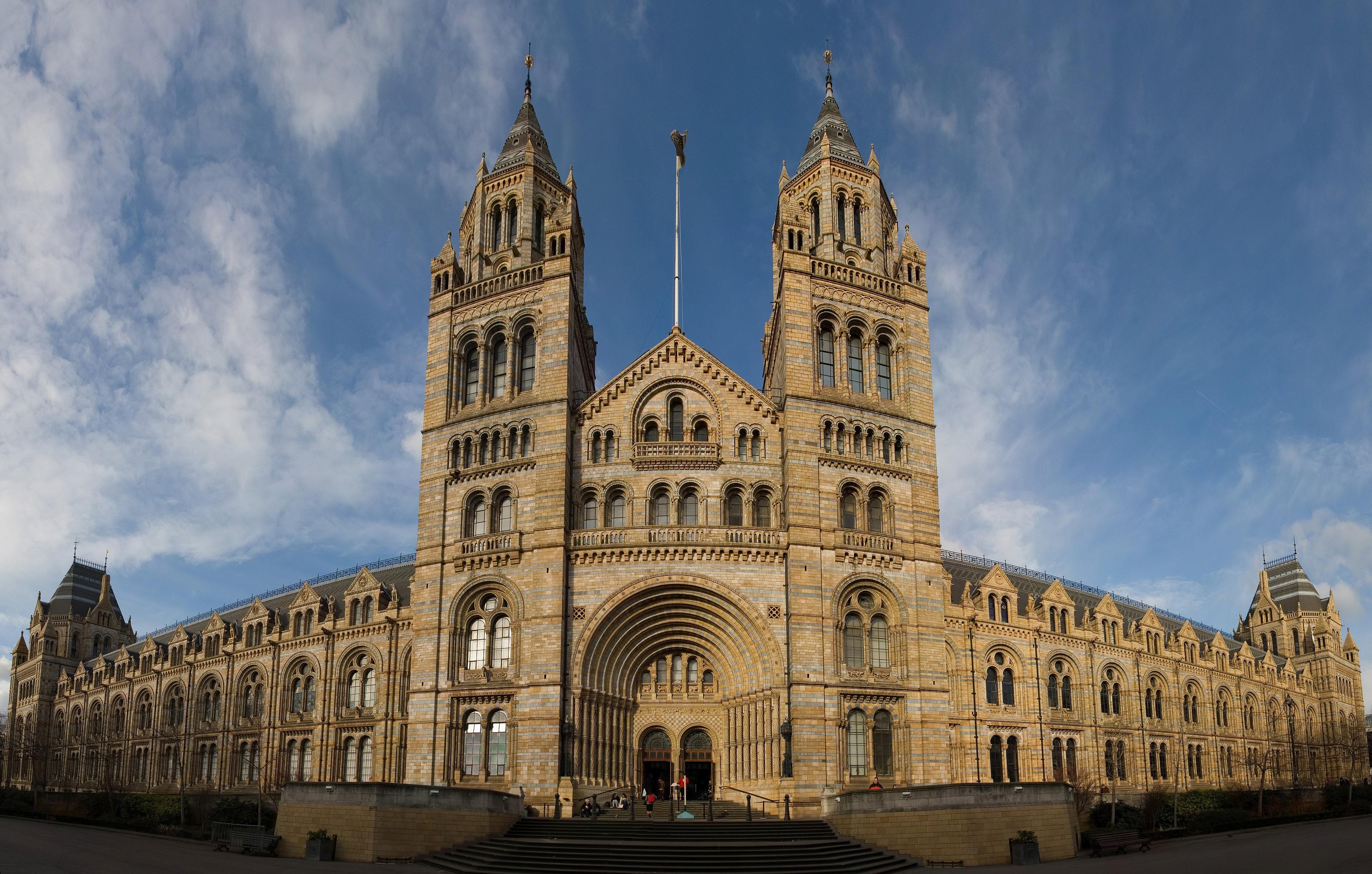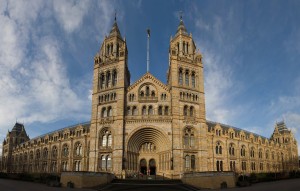The Natural History Museum in London is one of my favourite places. The majesty and beauty of the building’s design is a fitting exterior to house the truly stunning collections within.
The new Treasures exhibition displays just 22 of the museum’s most prized possessions. It’s a special opportunity to see valued and varied treasures such as the type specimen of the earliest known bird, Archaeopteryx, Darwin’s pigeons and the Iguanodon teeth which sparked the discovery of the dinosaurs all lined up together. The stories behind the origin and significance of each of the treasures are fascinating.
Although not one of the most famous objects, the Emperor Penguin’s egg was my favourite item. The egg is beautiful in itself but its real value as a treasure lies in the story behind its collection. It is one of just 3 intact specimens which were collected by Captain Scott’s ill-fated Antarctic expedition between 1910 and 1913. In this centenary anniversary year, Scott’s quest to reach the South Pole remains one of the most inspiring examples of human endeavour. Before the age of GPS, insulated clothes or re-heatable “expedition food”, Scott’s crew ventured into the heart of the frozen continent. As if striving to reach the pole wasn’t enough of a challenge in itself, the expedition also had the aim of collecting as much scientific data about Antarctica as possible. Their chief scientist Edward Wilson wanted to examine penguin embryos for evidence of an evolutionary link between birds and reptiles. However, Wilson was part of the team who perished with Scott on their return journey from the Pole. The specialist embryologist who was going to study the eggs died in the First World War and by the time results from studying the eggs were published in 1934, the evolutionary recapitulation theory on which the egg-study was based was outdated.
The story behind this egg certainly puts the trials of modern scientific research into perspective. While the rate of new scientific discoveries shows no sign of slowing, delving into the finer details of the inner workings of the cell or the evolution of drug-resistant bacteria doesn’t hold quite the same level of physical adventure as that which was represented by Scott’s expedition. I’m not for one instant suggesting that I long for a more dangerous yet adventurous age or that modern fieldwork is not without its trials and difficulties. I just don’t know of any current research projects which can match Scott’s story in terms of raw human endeavour into the most unknown, dangerous and inhospitable conditions imaginable. It was a treat to see such a precious and fragile reminder of past scientific endeavour on display.
The treasures exhibition is a stunning collection of prized objects and should be treated as a site of pilgrimage for anyone even remotely interested in evolution or the natural world. Most of the specimens are unique but fortunately an example of one treasure, the Great Auk can be seen in the TCD Zoology museum. So that’s one ticked off the list for Trinity – though I’ve a feeling that it might take just a little while for us to match the rest of London’s collection …
Author
Sive Finlay: sfinlay[at]tcd.ie
Photo credit
wikimedia commons


